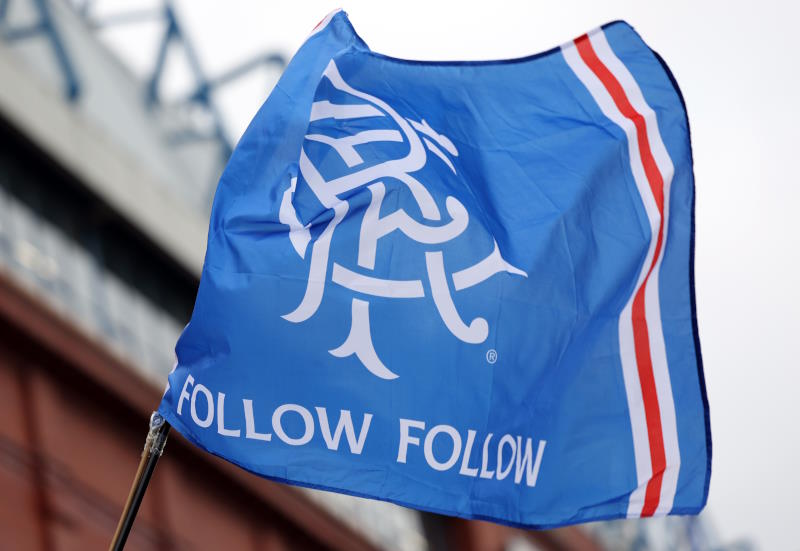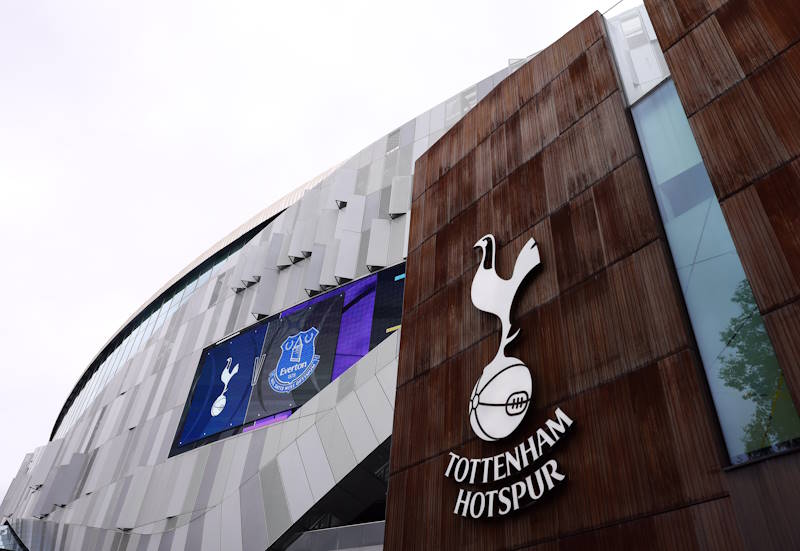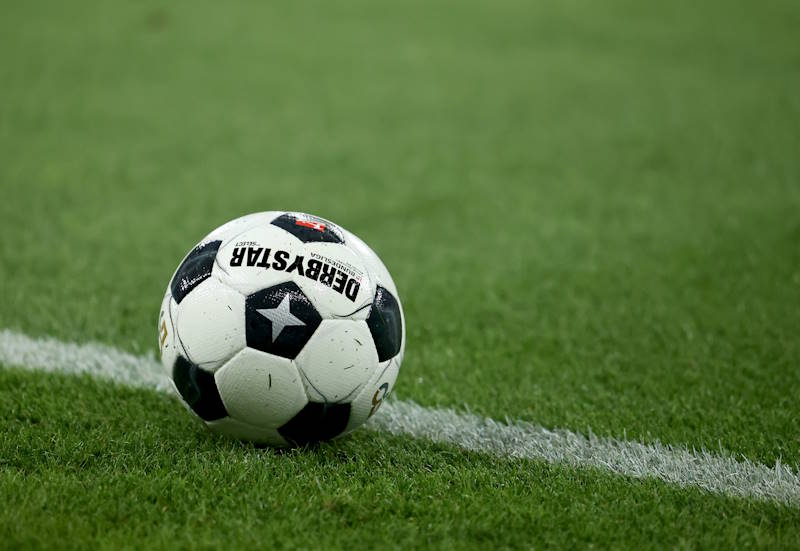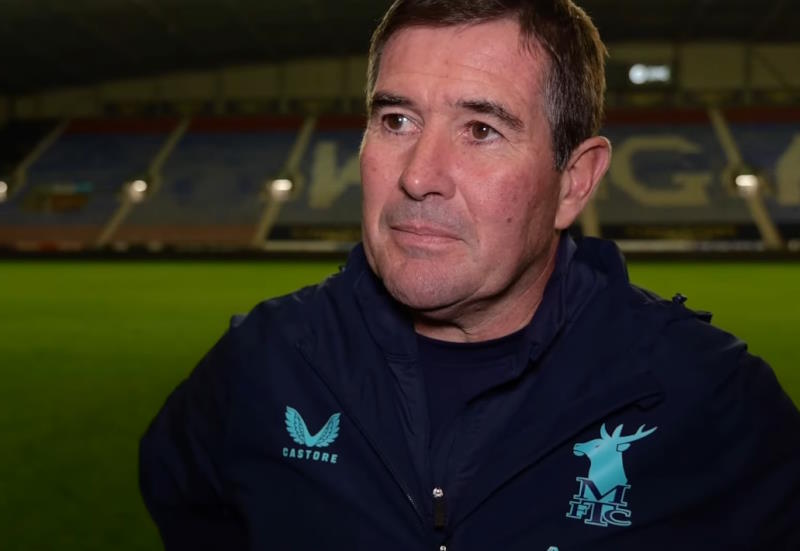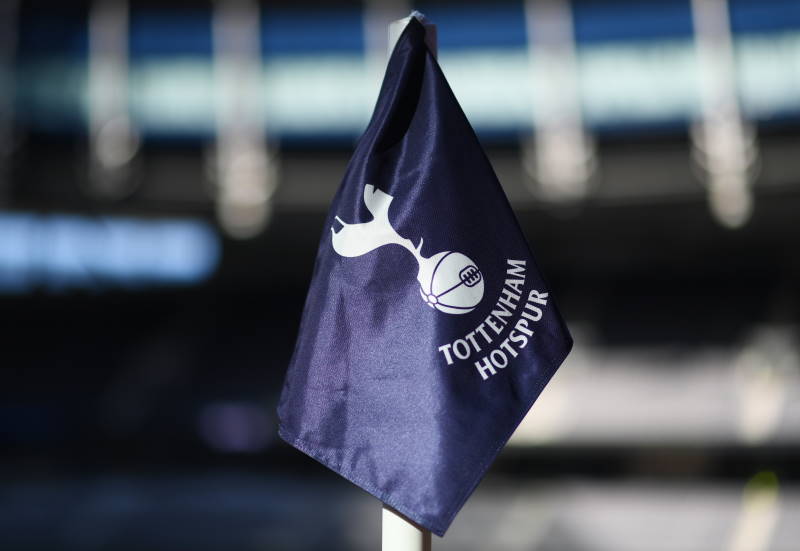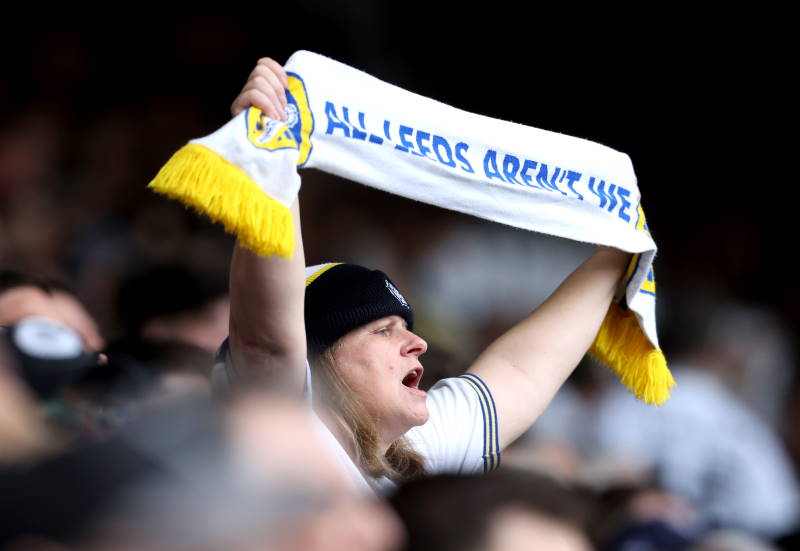
Football fans often level criticism at match officials and almost a week doesn’t pass that the beautiful game is marred by a wrongly disallowed goal or a harsh sending off.
But one particular type of incident keeps going unnoticed and unpunished and occurs in almost every game.
Foul throw-ins happen all the time from the highest levels of the professional game right down to the grassroots. Under FIFA rules it is an offence to take a throw-in that detracts from the guidelines set out in the official rulebook.
Increasingly, both players and referees are ignoring FIFA rule 15 which states that a player taking a throw-in must:
– Face the field
– Have part of each foot either on the touchline or on the ground outside the touchline
– Use both hands
– Deliver the ball from behind and over his head
Should a player break any of these guidelines then the throw-in is awarded to the opposition.
Now, by and large, all footballers adhere to the first three points. But it is the last one which is commonly ignored and unpunished.
Footballers usually disobey parts of this rule due to the speed of the modern game and also the inflexibility of the technique.
Players like Stoke City defender Rory Delap have made a name for themselves by being able to take a long throw-in that can be used to reach team-mates in the penalty box and for that this technique is extremely suitable.
But for many, taking a quick and sharp throw-in usually offers the best results by accurately finding a team-mate’s feet and can get the game moving. To do this a player can’t throw the ball from behind and over their head.
It is understandable why players would try to bend and even break rule 15, but it is not understandable why referees and the governing bodies allow this to happen.
Most referees at the top level don’t enforce the law because they see it as a waste of time, mainly because it has now got to a point where a majority of throw-ins in a match are in breach of the rules.
But like diving or ‘simulation’ a foul throw is also tantamount to cheating. After all, any number of scenarios are possible off the back of a throw-in.
It is time that match officials and the governing bodies either enforce the rules of the game or amend them. Otherwise it begs the question: What is the point in having a rulebook?


